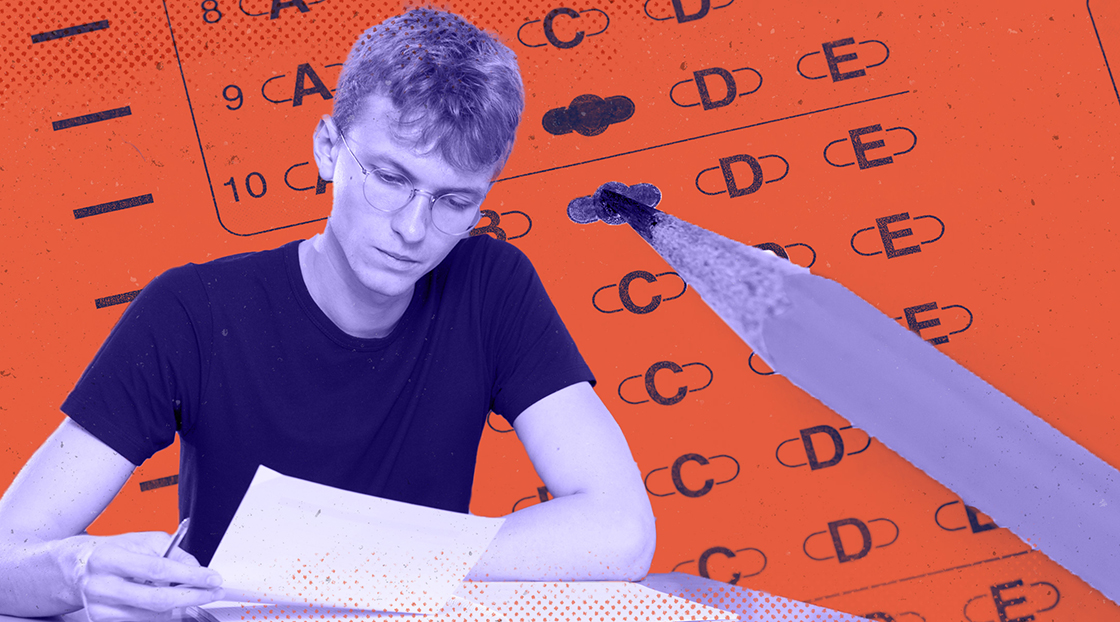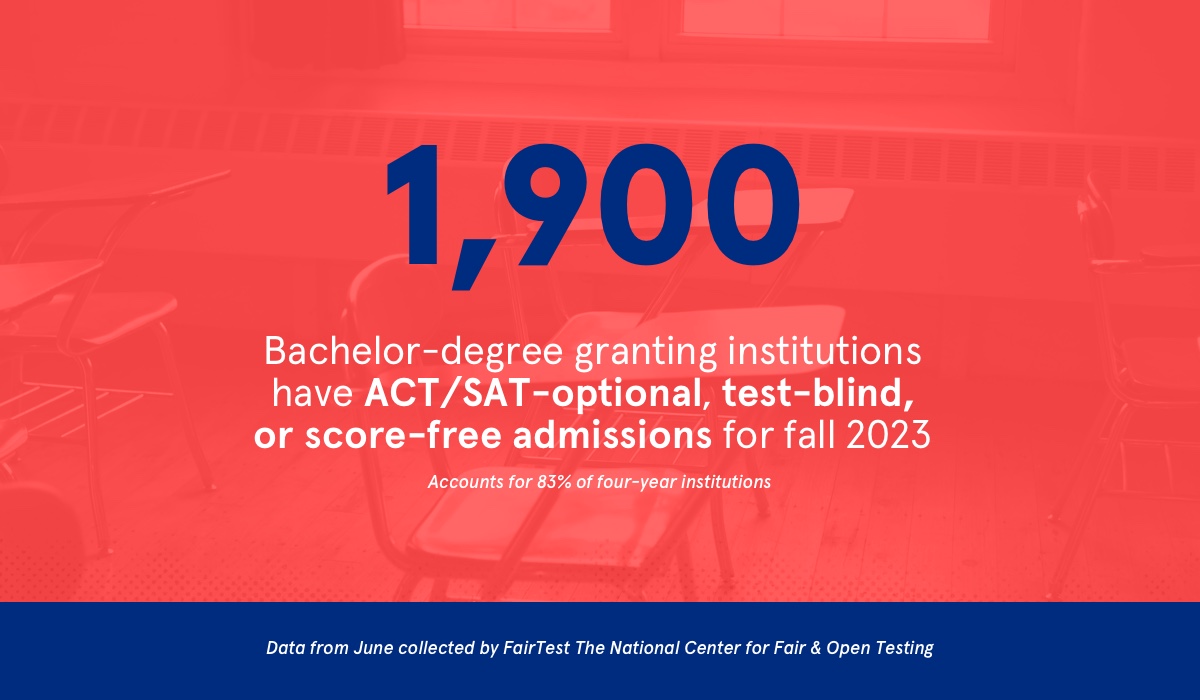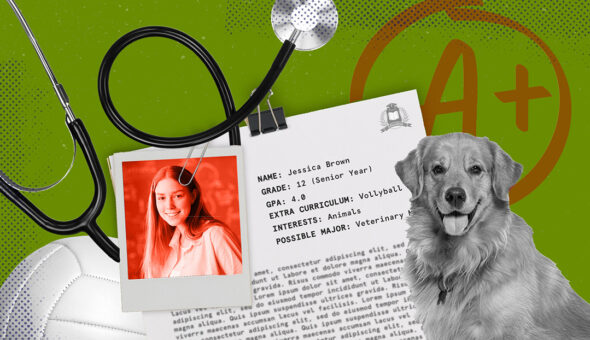The admissions process isn’t what it used to be. Both the COVID-19 pandemic and a change in the culture has led many institutions to rethink how they assess applicants, with many going test-optional or foregoing standardized admissions testing completely .
Historically, standardized admissions testing has been at the heart of the application process. Students traditionally traveled to each institution to take a school-specific admission test, which ended up being cumbersome for both the students and institutions.
“The first challenge that the standardized admission test was intended to solve was how do colleges not have to spend so much time on that admissions process. Can they have a common test that they all agree on?” said David Hawkins, chief education and policy officer at the National Association for College Admission Counseling.
Out of that effort came the College Board and SAT.
“It was a tool to help them remain exclusive,” said Hawkins. “They were designed to pick the crème of the crop.”
However, the state of these tests is now in flux given that many institutions are going test-optional and that a newer test is starting to take hold. Hawkins noted that leading up to the pandemic, approximately 1,000 institutions had already decided to go test-optional.









